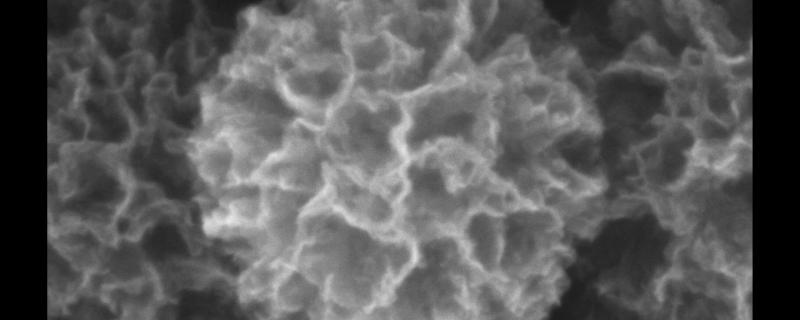Nanomaterials are revolutionising the way we do things with applications in medicine, electronics and biocompatible materials, to name a few. Scientists are studying various nanoforms of carbon—nanotubes, nanocones, nanohorns, two-dimensional graphene and even carbon onions! Now, researchers from the Indian Institute of Technology Bombay have added a new form to this list called nano carbon florets. These nano-sized florets, shaped like marigold flowers, have much more than just good looks to flaunt; they can help keep the environment clean by removing harmful heavy metal pollutants from industrial effluents. In a study published in the journal ACS Applied Nano Materials, Prof C Subramaniam and his team from the Department of Chemistry have designed nanocarbon florets that can remove up to 90% of pollutants containing arsenic, chromium, cadmium and mercury.




![Alexander van Dijk from San Francisco, United States [CC BY 2.0 (https://creativecommons.org/licenses/by/2.0)] An Inexpensive Approach to Patterning Cells in a Lab](/sites/researchmatters/files/styles/large_front_800x320/public/image1.png?itok=HS4T0uM7)



![The first ever photograph of a black hole at the centre of M87. [Image credit: Event Horizon Telescope Consortium] Black hole shadows could throw light on dark matter](/sites/researchmatters/files/styles/large_front_800x320/public/20190410-78m-4000x2330.jpg?itok=lFGaANOS)
![Gangulybiswarup via Wikimedia Commons [CC BY-SA 3.0] Study finds younger women in India do not have better jobs than their mothers](/sites/researchmatters/files/styles/large_front_800x320/public/iitb_6.jpg?itok=vH_tJOP5)
